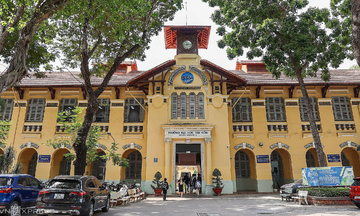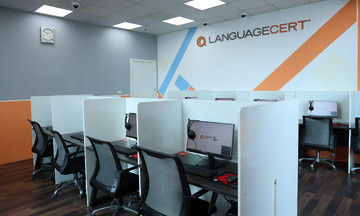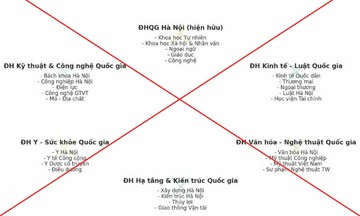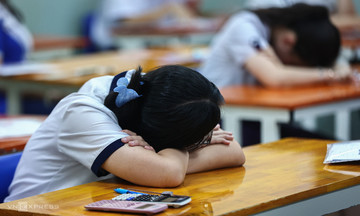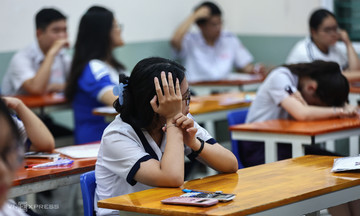The Ministry of Education and Training submitted a draft guideline on 23/9 to the Ministry of Justice, Ministry of Home Affairs, Ministry of Finance, and provinces/cities, outlining the organization and arrangement of preschools and general education schools in line with the two-level government administration model.
The ministry has requested localities to review their network of preschools, general education schools, and continuing education centers based on criteria such as the number and size of classes, as well as the number of administrators, teachers, and staff. They are also to reassess facilities.
Based on this review, provinces and cities will develop plans for merging, consolidating, dissolving, or establishing schools to optimize resource allocation. The ministry suggests prioritizing combined primary and lower secondary schools in sparsely populated areas or areas with difficult travel conditions. They also recommend merging small, subpar preschools and primary schools within the same commune or ward.
Current regulations stipulate that a preschool must have a minimum of 9 groups/classes (with 20-35 students per class) and a maximum of 30. Primary schools must have at least 10 classes (35 students per class) and a maximum of 30, except in disadvantaged areas where the minimum is 5 classes.
The ministry emphasized the following principles for school and class arrangements:
: Ensuring continued access to education for all students and their safety during their commute. Schools located too far from students' homes or in areas with unsuitable transportation should not be merged.
: Merging schools only within the same commune or ward. Priority should be given to retaining schools with favorable conditions. Satellite schools that do not meet standards or operate inefficiently should be dissolved.
: Not merging preschools with general education schools, or general education schools with continuing education centers.
: Ensuring each commune or ward has at least one school at each level: preschool, primary, and lower secondary.
: Establishing a clear roadmap, gathering input, and obtaining consensus from stakeholders to minimize disruptions to teaching and learning.
Localities should prioritize funding for renovating and upgrading facilities and teaching equipment at main schools before receiving students from satellite schools. Teacher allocation should be appropriate, ensuring suitable working conditions after the rearrangement.
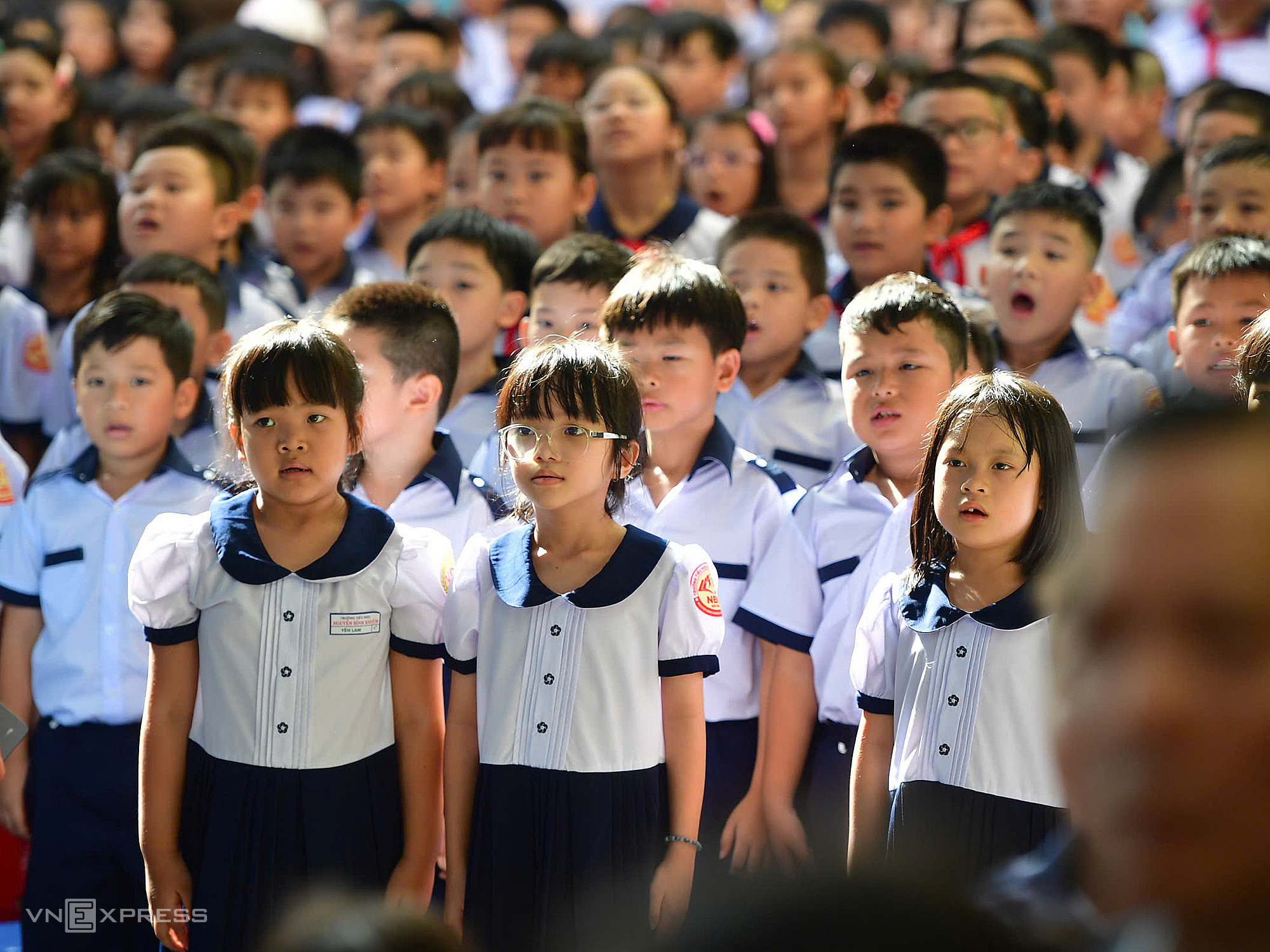 |
Students at Nguyen Binh Khiem Primary School, Saigon Ward, Ho Chi Minh City, on 5/9. Photo: Thanh Tung |
Students at Nguyen Binh Khiem Primary School, Saigon Ward, Ho Chi Minh City, on 5/9. Photo: Thanh Tung
According to Plan No. 130 issued on 21/9 by the Steering Committee for the Review of the Implementation of Government Resolution 18, localities will generally maintain existing preschools and general education schools, proposing adjustments only if necessary to better serve the needs of residents and students.
Mountainous, remote, and ethnic minority areas will review and consolidate satellite schools to establish boarding or semi-boarding ethnic minority schools at the commune or inter-commune level.
A few days prior, the Ministry of Home Affairs issued a similar request, stating that vocational and continuing education centers should be merged into vocational high schools (equivalent to upper secondary schools) under the Department of Education and Training.
Vietnam currently has over 23 million preschool and general education students. There are over 12,100 primary schools, 10,700 lower secondary schools, and 2,455 upper secondary schools.
Thanh Hang






